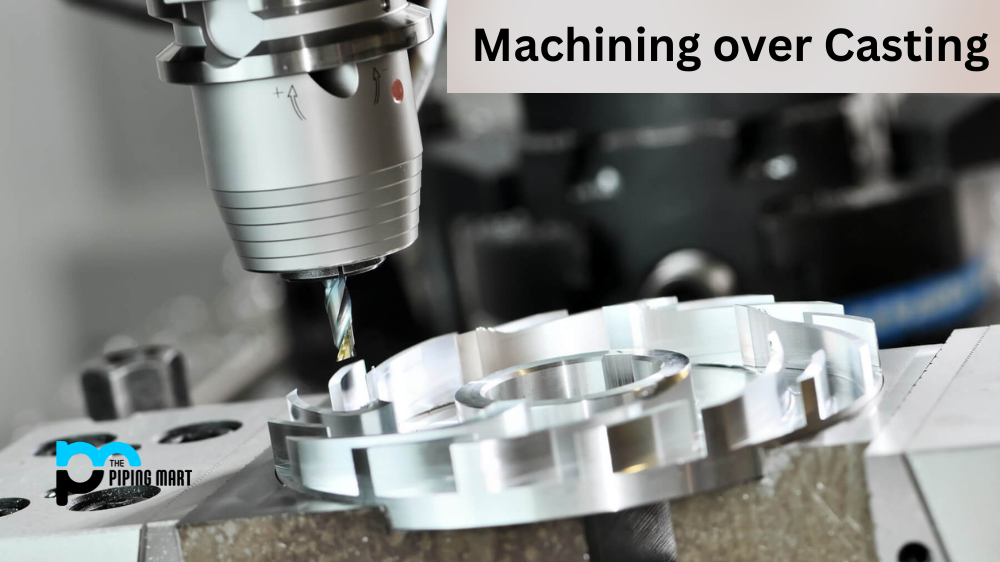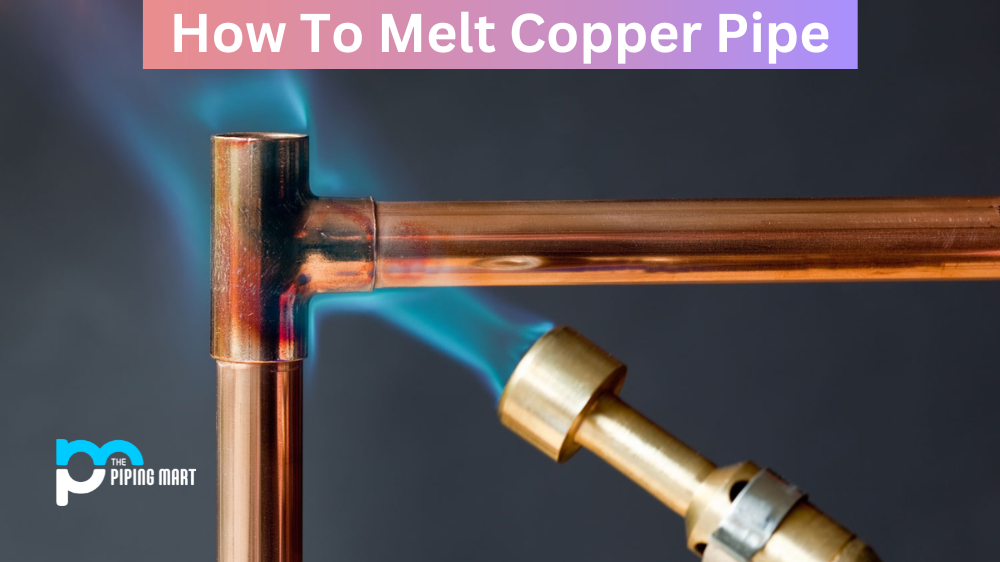Manufacturing is a complex process that requires careful consideration of many different factors. One important decision you’ll have to make is whether to use machining or casting for producing your parts. Here, we will explore the advantages and disadvantages of both methods to help you make an informed decision.
Advantages and Disadvantages of Machining
Machining is a subtractive manufacturing process in which material is removed from a workpiece using cutting tools until it reaches its desired shape, size, and accuracy. This method can be used for various materials, including metals, plastics, composites, ceramics, etc. Some key advantages of machining include the following:
- High accuracy – Machining allows components to be produced with extremely high levels of accuracy when compared to other manufacturing processes. This means that components produced via machining can often achieve tolerances as low as 0.001mm or less!
- Flexibility – As machined components are produced from raw materials, they can be easily modified or repaired. In addition, the wide range of available cutting tools makes it possible to machine almost any conceivable shape or feature into a component.
- Cost-effectiveness – Machined components tend to be cost-effective compared with castings because they require less material wastage since only the necessary amount of material is removed during the process.
However, there are also some disadvantages associated with machining, such as high setup costs due to tooling requirements and longer lead times due to complex programming and setup procedures that must be completed before production.
Advantages and Disadvantages of Casting
Casting is a manufacturing process in which molten material (such as metal) is poured into a mold cavity and allowed to solidify into its desired shape before being removed from the mold cavity for further processing or finishing operations. Some key advantages associated with casting include the following:
- Low tooling costs – Casting molds are relatively inexpensive compared to cutting tools used in machining operations so that production can begin quickly without major investment in tooling upfront.
- Low labor costs – Once the mold has been made, it requires minimal intervention during production, so labor costs are kept low while throughput remains high.
- Versatility – Many different types of metals can be cast, including ferrous and non-ferrous alloys, which makes this method suitable for producing a wide range of other components, including large ones that would not be feasible on conventional machine tools such as lathes or mills. However, castings also have their own set of drawbacks, such as poor surface finish quality due to porosity in the casting material, which may require additional processing steps such as grinding or sandblasting for improved aesthetics; limited design flexibility because modifications cannot be easily made once the part has been cast; and increased lead times due to longer curing times required for larger parts.
Conclusion:
When considering which manufacturing method is best for your application, it’s important to weigh both advantages and disadvantages carefully before making your final decision. Both machining and casting have unique benefits depending on the application at hand—so take your time exploring each option before making an informed choice!
Sakshee is a talented blogger, with a particular focus on the Business and Metal Industry. She is passionate about sharing her insights on various metal products and helping professionals to make a better decisions.




